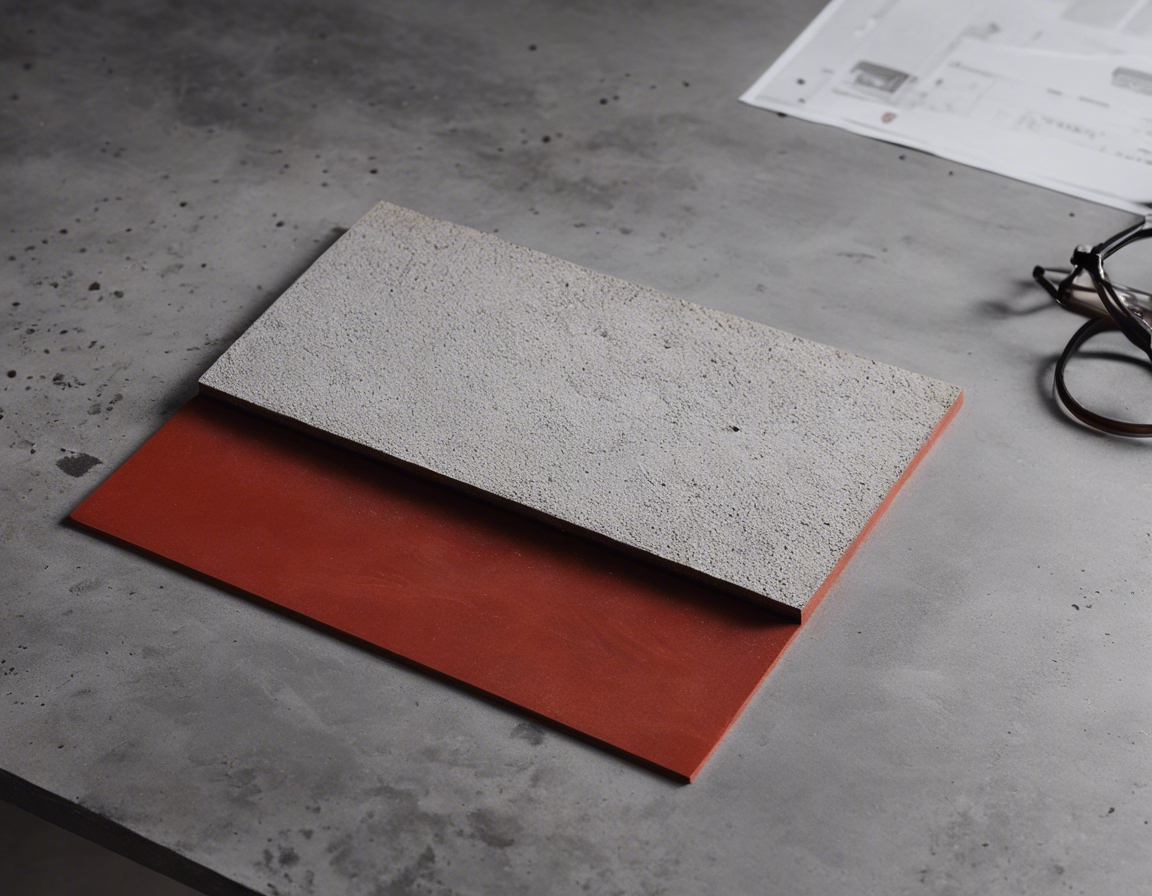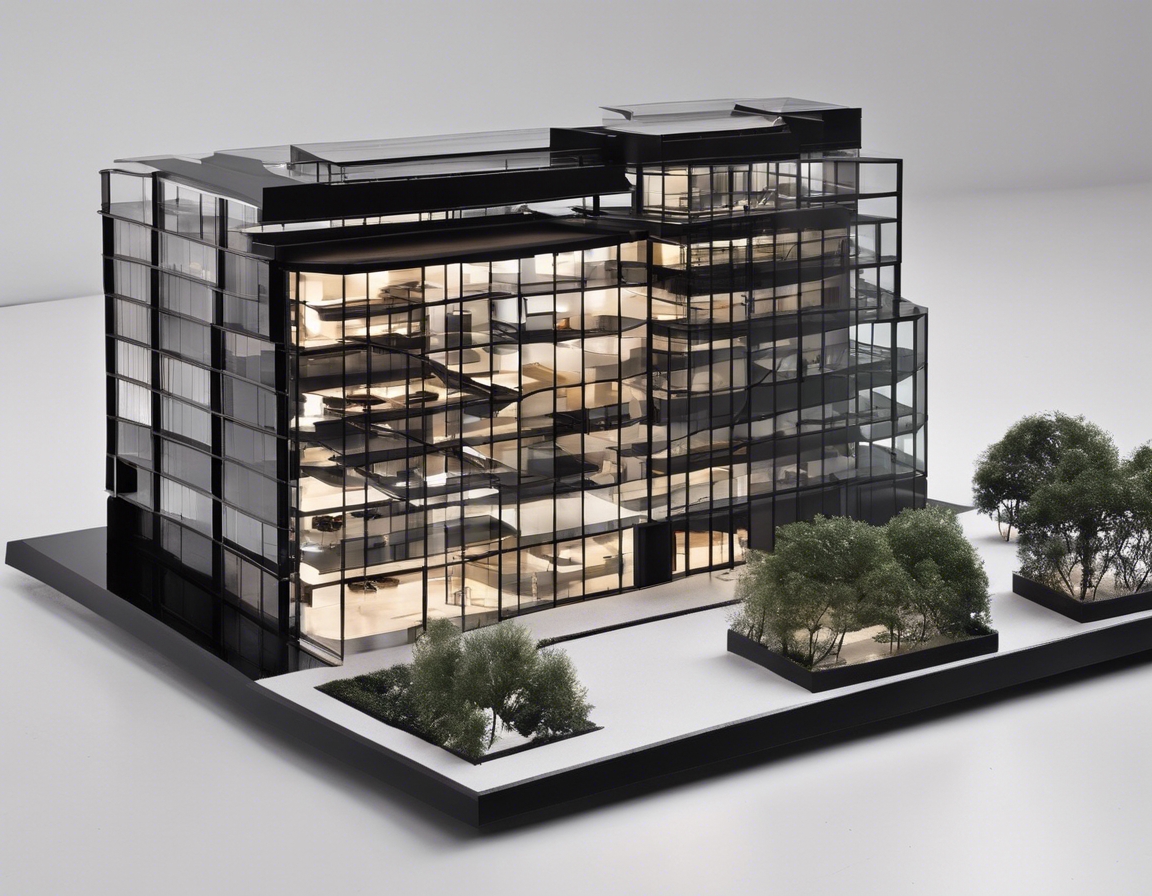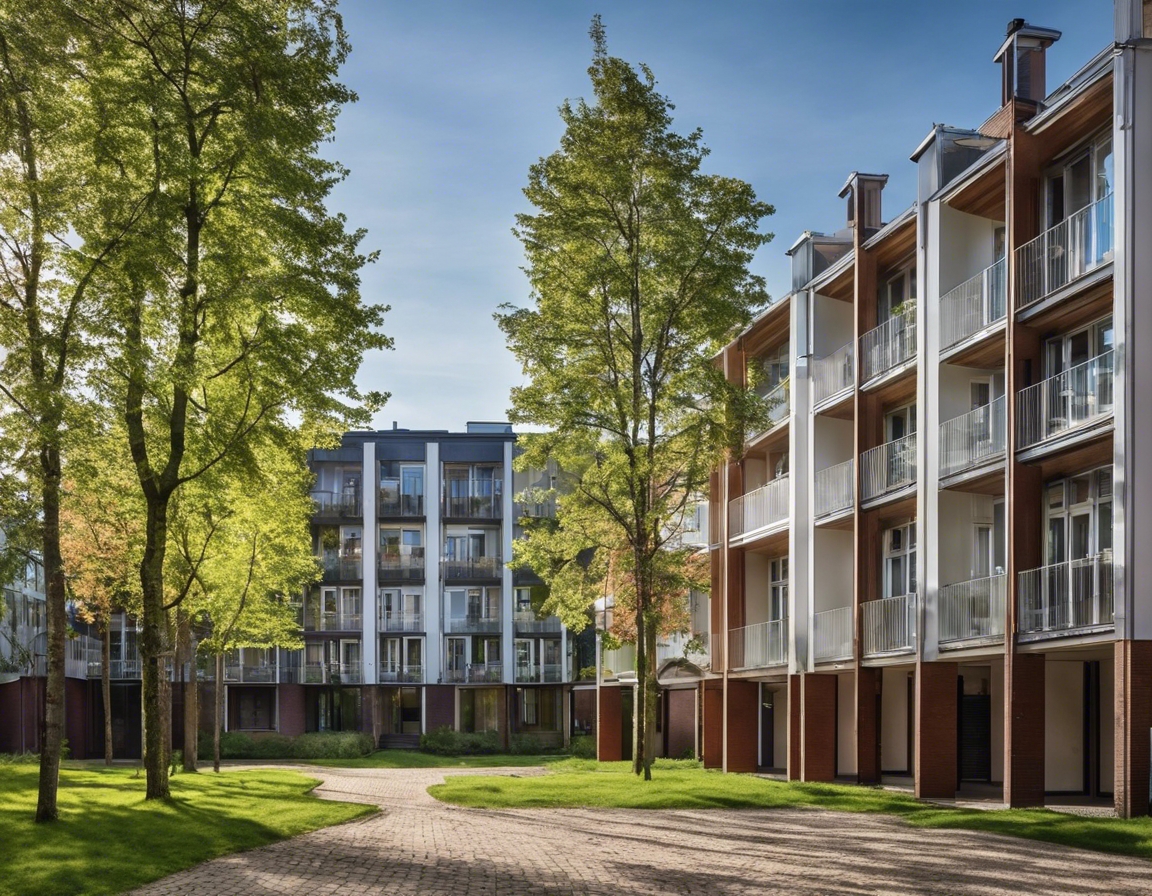The future of living: how we're shaping communities
The concept of 'community' has always been at the heart of human civilization, serving as the foundation for growth, support, and shared values. As we look to the future, the way we shape our communities is undergoing a transformation, driven by innovation, sustainability, and a renewed focus on the quality of life. In this blog post, we will explore the emerging trends and principles that are defining the future of living and how they are being implemented to create vibrant, inclusive, and sustainable communities.
The Evolution of Urban Spaces
The industrial era's focus on separation of work and living spaces is giving way to mixed-use developments that blend residential, commercial, and recreational facilities. This shift is not only efficient but also fosters a sense of community by bringing daily needs closer to home.
Urban planners are increasingly incorporating green spaces into city designs, recognizing their role in enhancing mental health, biodiversity, and ecological balance. Urban farming initiatives are also gaining traction, providing communities with fresh, locally-sourced produce and a connection to nature.
Smart cities leverage technology to improve infrastructure efficiency, reduce waste, and enhance the quality of urban living. Sustainable infrastructure is key to supporting growing populations while minimizing environmental impact.
Community-Centric Design Principles
At the core of future communities is human-centered design, which prioritizes the needs and well-being of residents. This approach leads to more walkable neighborhoods, accessible public spaces, and community facilities that encourage social interaction.
The blurring lines between work, life, and play are reflected in the design of modern communities. Spaces are being created to accommodate remote work, leisure, and social activities within close proximity, promoting a balanced lifestyle.
Communities are being designed with flexibility in mind, allowing spaces to adapt to changing needs and circumstances. This resilience is crucial in the face of challenges such as climate change and economic shifts.
Environmental Responsibility and Sustainability
Environmentally responsible construction is becoming the norm, with the use of sustainable materials and practices that reduce the carbon footprint of new developments.
The integration of renewable energy sources, such as solar and wind power, is making communities more self-sufficient and less reliant on non-renewable resources.
Waste reduction strategies and the adoption of circular economy principles are essential in creating sustainable communities that minimize their environmental impact.
Technological Integration in Modern Living
Smart home technologies and the Internet of Things (IoT) are revolutionizing the way we live, offering unprecedented levels of convenience, security, and energy efficiency.
Digital platforms are facilitating better connectivity among residents, fostering community engagement and collaboration on local initiatives.
Innovative transportation and mobility solutions are being integrated into community planning, reducing reliance on personal vehicles and promoting sustainable transit options.
Investing in the Future of Communities
The real estate market is evolving, with a growing demand for properties that align with the values of modern living. Insights into these trends are crucial for investors looking to capitalize on the future of urban development.
Investors have the opportunity to support sustainable developments that not only yield financial returns but also contribute to the well-being of communities and the environment.
Investing in community-driven projects offers long-term benefits, including stable returns, enhanced property values, and the satisfaction of contributing to the creation of thriving communities.






Comments (0)